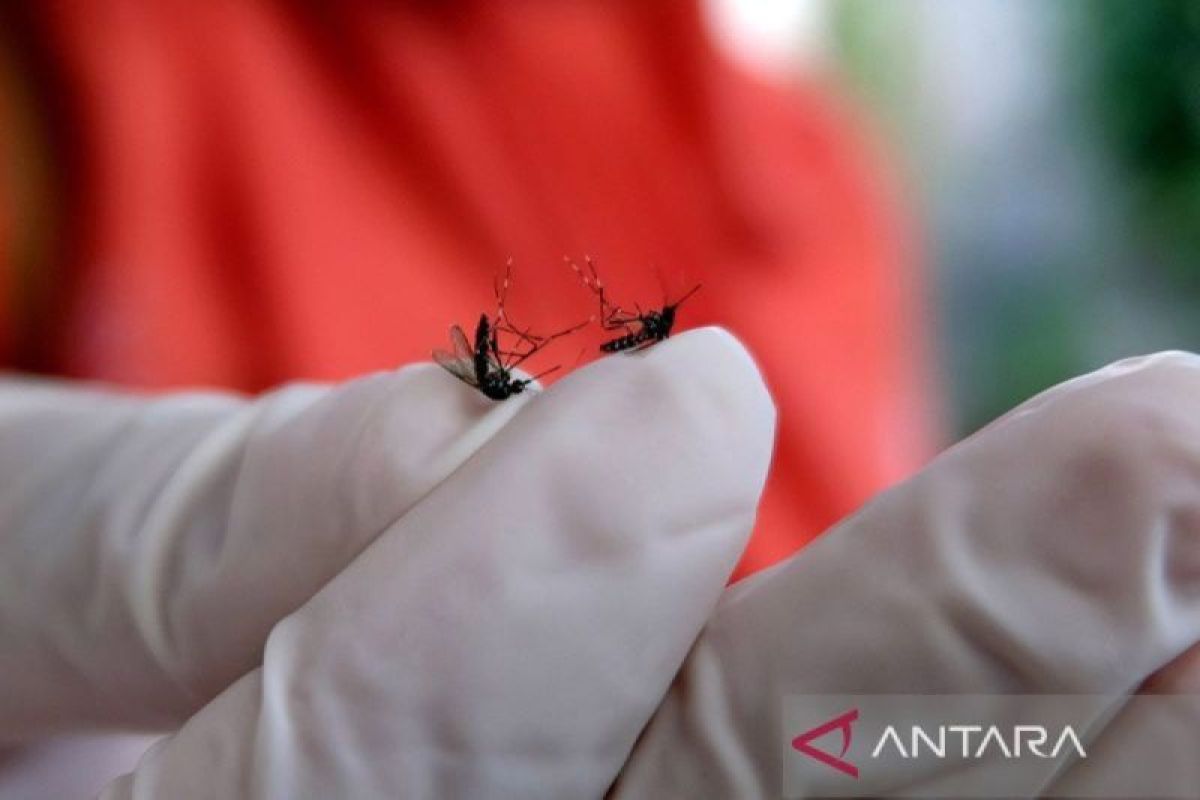Dengue fever, also known as DBD, is a viral infection that is transmitted by mosquitoes. The two main species of mosquitoes that are responsible for spreading the dengue virus are Aedes aegypti and Aedes albopictus. While both species are capable of transmitting the virus, there are some key differences between them.
Aedes aegypti is the primary vector for dengue fever and is commonly found in tropical and subtropical regions around the world. This species is easily recognizable by its distinctive black and white stripes on its legs and body. Aedes aegypti is a highly efficient vector for the dengue virus and is responsible for the majority of dengue fever cases worldwide.
On the other hand, Aedes albopictus, also known as the Asian tiger mosquito, is another species that is capable of transmitting the dengue virus. This species is characterized by its black and white striped legs and a single white stripe down the center of its back. While Aedes albopictus is not as efficient at transmitting the virus as Aedes aegypti, it can still play a role in the spread of dengue fever in certain regions.
One of the main differences between Aedes aegypti and Aedes albopictus is their preferred breeding habitats. Aedes aegypti is commonly found in urban areas, where it breeds in standing water sources such as flower pots, discarded tires, and clogged gutters. Aedes albopictus, on the other hand, is more commonly found in suburban and rural areas and tends to breed in natural water sources such as tree holes and bamboo stumps.
In terms of behavior, Aedes aegypti is a daytime biter and is most active during the early morning and late afternoon. This species prefers to feed on humans and is known to bite multiple times in a single feeding session. Aedes albopictus, on the other hand, is a more opportunistic feeder and will feed on a variety of hosts, including humans, animals, and birds. This species is also more active during the daytime but can also feed during the evening hours.
Overall, both Aedes aegypti and Aedes albopictus play a significant role in the transmission of dengue fever. By understanding the differences between these two species and their behaviors, we can better control and prevent the spread of the dengue virus. It is important to eliminate breeding sites for both species of mosquitoes and to take precautions to avoid mosquito bites, such as using insect repellent and wearing long sleeves and pants. By working together to combat these mosquito vectors, we can help reduce the incidence of dengue fever and protect public health.
